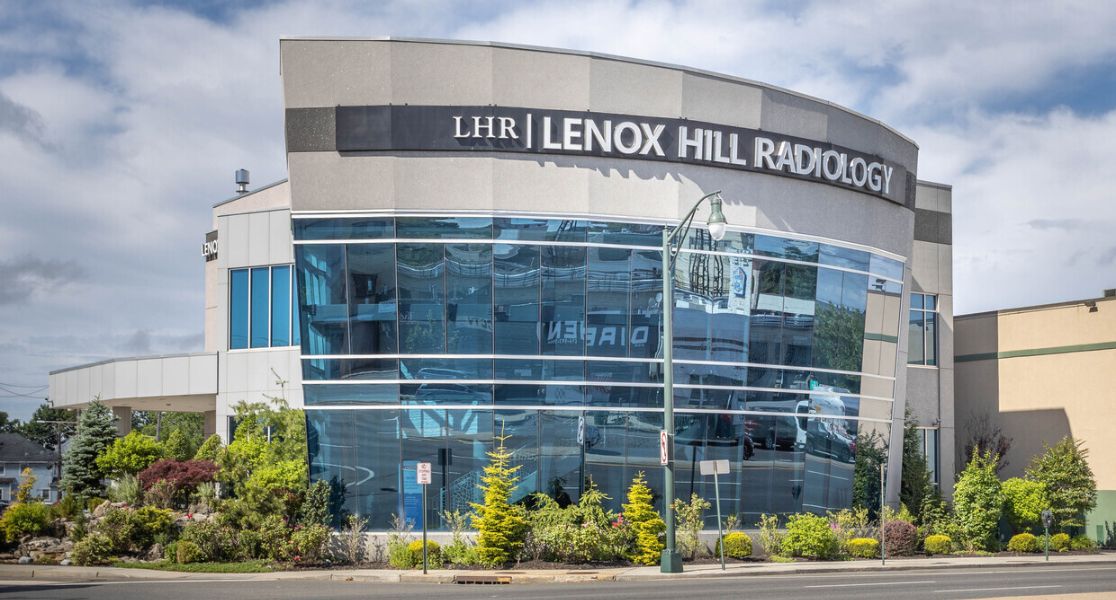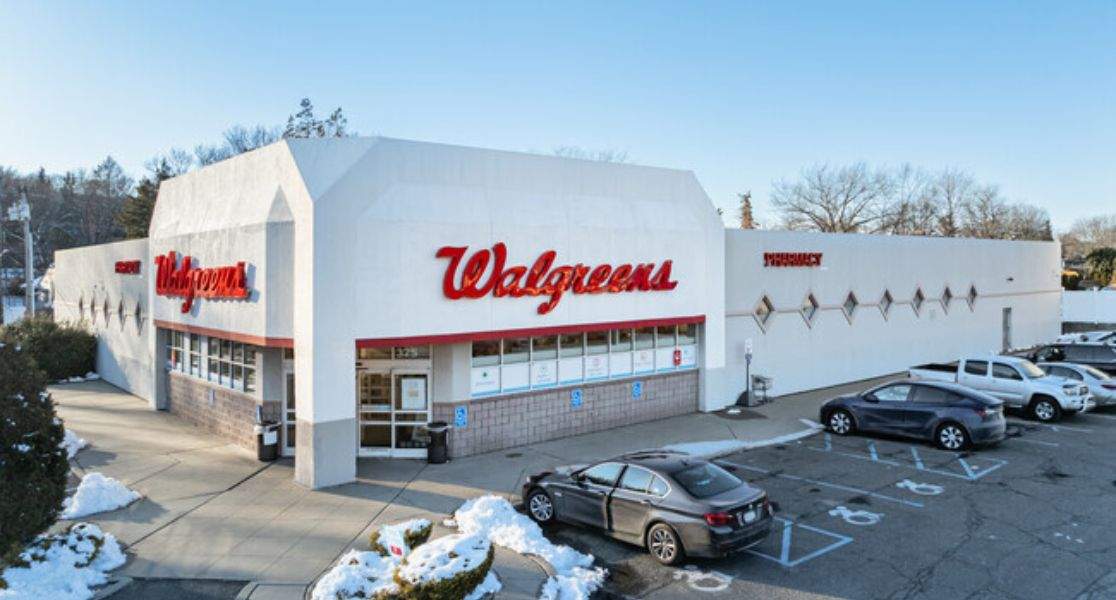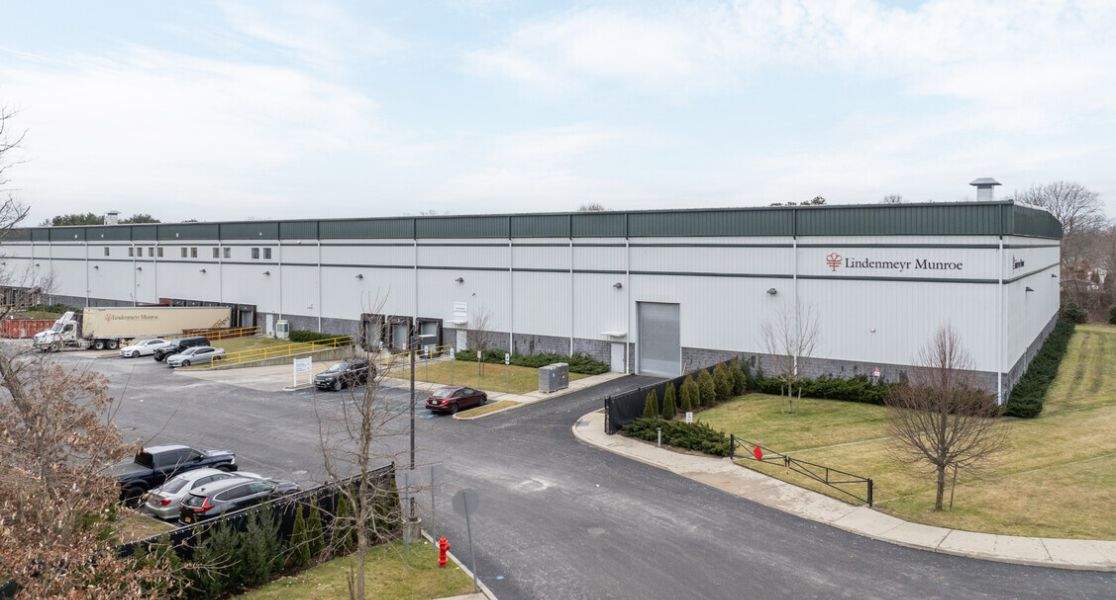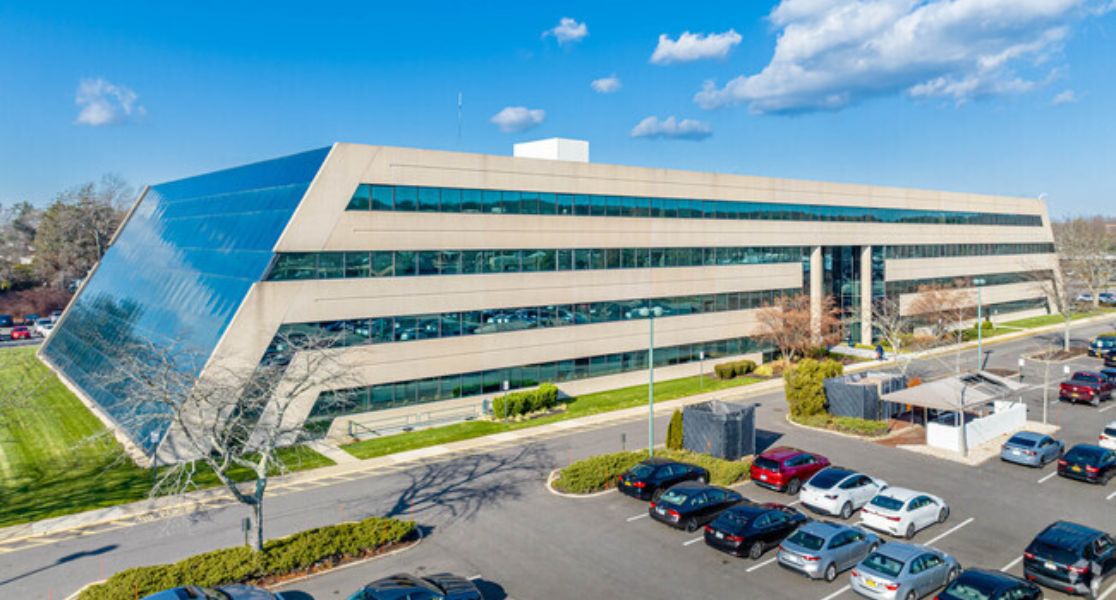
With Long Island’s economy continuing to steadily grow and prosper, there are no shortages of downtown’s, many of which are being revitalized at this very moment in effort to reinvigorate their local community.
From Rockville Centre, to Patchogue, to Farmingdale, to Riverhead, “downtown” is a place that we, as Long Islanders, choose to spend our time visiting and embracing.
The definition of a downtown is “the main business district or central part of a city or town.” A downtown is comprised of things such as great dining, shopping, arts and culture, and recreation attract local residents as well as visitors which creates a thriving and exciting community.
Long Island has over 60 downtown’s; from major employment centers and transit hubs to cultural destinations and quaint waterfront villages. But what makes a successful downtown? In this article we will review characteristics that we believe help to create an attractive and vibrant downtown.
Physical Characteristics of a Successful Downtown
- Pedestrian-friendly environment
- Clean, well-maintained streets and sidewalks
- Greenery: trees, shrubs, flowers, planters, etc.
- Traffic slowing features that force drivers to slow down (ex. rotary or speed-bumps)
- Availability of public restroom facilities
- Street furniture, such as benches and seating
- Substantial street lights and well lit areas
- Trash and recycling bins
- Directional signage (parking, destinations, etc.)
- Easy access to adequate parking facilities
- Frequent and reliable public transportation
- Bike lanes, paths, and racks
- Open public space such as a park or beach
- Preservation of historic character, including historic sites and reuse of existing historic buildings
- Maintenance of a consistent scale for buildings/streetscapes
- Outdoor cafes or restaurants that draw patrons outside, increase pedestrian traffic, and create a highly visible gathering place
- Attractive storefronts that encourage window-shopping
- Playgrounds and play areas for children
Business Traits of a Bustling Downtown Area
- Continuous line of storefronts closely clustered together, with few gaps between the buildings and roughly in-line with each other
- Low commercial vacancy rates
- Variety of businesses, including:
- Retail and non-retail stores and services
- Unique, one-of-a-kind or “Mom and Pop” shops
- Basic necessities such as food shops and pharmacies
- Quality restaurants and nightlife
- Public markets such as Farmer’s Markets
Organizations that Conserve/Grow the Community
- Business Improvement Districts (BIDs), community groups, and municipal agencies that focus on development of the downtown; Chamber of Commerce or other
- Design review boards, landmark commissions, historical societies
- Conservation and environmental groups
Common Resources Available to the Community
- Availability of a community center that provides diverse services and acts as a gathering place (ex. Library, Town Hall, Community Theater)
- Availability of cultural venues in addition to movie theaters (ex. Museums, Art Galleries, Music Venues)
- Regular series of ongoing outdoor festivals and community celebrations, including a progression of events throughout the year
- Community bulletin boards and other centralized information sources and publications
Safety Amenities of a Downtown
- Present police support and a feeling of safety throughout the downtown
- Good lighting
- Directional signage
- Low degree of social dislocations (ex. graffiti, dirty streets, panhandlers)






